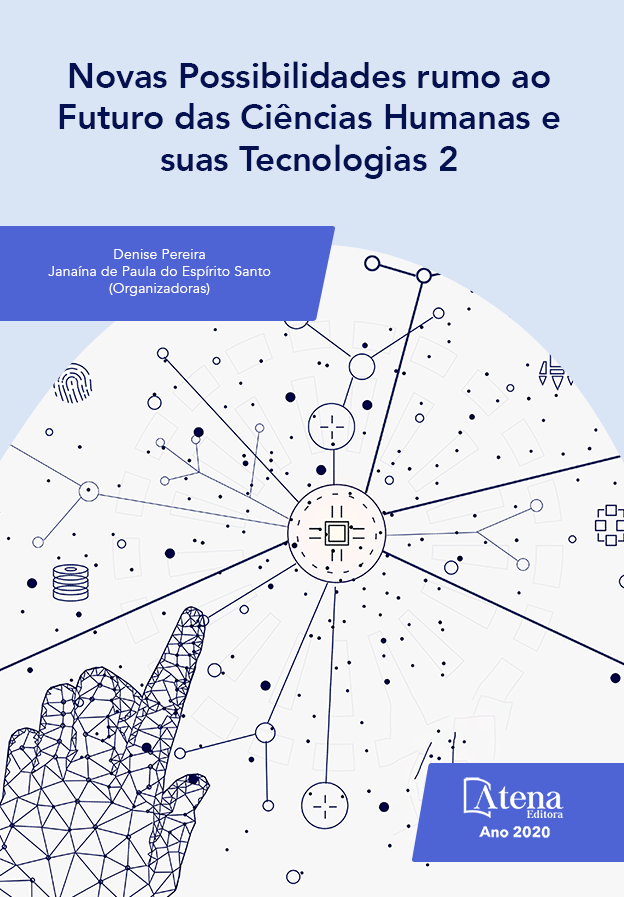
O CAp-UERJ E AS IMPRESSÕES VISUAIS NO ENSINO DE ARTE
O texto expõe os resultados mais recentes de pesquisa proposta no ensino de Artes Visuais e História da Arte na educação básica do Instituto de Aplicação/CAp, Universidade do Estado do Rio de Janeiro/UERJ. Como foco principal, refiro-me a estratégia metodológica desenvolvida com discentes do ensino médio em seminários de estudo sobre acervos e exposições artísticos de museus/centros culturais da cidade carioca. Com o uso habitual dos seus smartphones pessoais, os alunos registram suas impressões imagéticas no instagram @nutriçãovisual sob um olhar estético muito particular acerca de distintas culturas, objetos e obras artísticas conhecidos nos espaços culturais. Considera-se, deste modo, que as ferramentas digitais vêm aproximar também na sala de aula as especificidades das civilizações em pauta e que o ensino volta-se, inevitavelmente, a outras novas práticas pedagógicas mais condizentes com as demandas visuais e tecnológicas da juventude de hoje. Tal recurso midiático proposto por alunos acadêmicos (licenciandos em Artes Visuais da mesma universidade) indica a internet como um canal de divulgação e comunicação dos conteúdos artísticos pesquisados pelos alunos da educação básica de modo que idades e interesses artísticos distintos tornem-se mais próximos frente aos fundamentos do ensino de Arte. Resultados preliminares indicam que a abordagem mediática de conteúdos culturais dialoga com o processo de formação identitária dos jovens, uma vez que, a partir dos muitos processos e linguagens estéticos embasados na historiografia da arte, os jovens estabelecem analogias artísticas também com o repertório da cultura visual cotidiana; tornam-se capazes de (re)conhecerem-se enquanto cidadãos e a entender criticamente não só a história da sua cidade, mas também a relevância da preservação e difusão do que compreendem como memória/patrimônio cultural nacional.
O CAp-UERJ E AS IMPRESSÕES VISUAIS NO ENSINO DE ARTE
-
DOI: 10.22533/at.ed.7812009097
-
Palavras-chave: ensino de Artes Visuais e História da Arte; acervos de Artes; tecnologia; formação identitária; educação básica
-
Keywords: teaching Visual Arts and Art History; Arts collections; technology; identity formation; basic education
-
Abstract:
The text presents the most recent results of research proposed in the teaching of Visual Arts and Art History in basic education at the Instituto de Aplicação / CAp, State University of Rio de Janeiro / UERJ. As a main focus, I refer to the methodological strategy developed with high school students in study seminars on collections and artistic exhibitions of museums/cultural centers in the city of Rio. With the usual use of their personal smartphones, students register their imagery impressions on instagram @nutritionalvisual under a very particular aesthetic look about different cultures, objects and artistic works known in cultural spaces. In this way, it is considered that the digital tools also bring the specificities of the civilizations in question into the classroom and that teaching inevitably turns to other new pedagogical practices more consistent with the visual and technological demands of the youth of today. Such media resource proposed by academic students (graduates in Visual Arts at the same university) indicates the internet as a channel for the dissemination and communication of artistic content researched by basic education students so that different ages and artistic interests become closer to the students. fundamentals of Art teaching. Preliminary results indicate that the media approach to cultural content dialogues with the identity formation process of young people, since, based on the many aesthetic processes and languages based on art historiography, young people establish artistic analogies with the repertoire of visual culture as well. everyday life; they are able to (re)know each other as citizens and to critically understand not only the history of their city, but also the relevance of preserving and disseminating what they understand as a national cultural memory/heritage.
-
Número de páginas: 15
- Christiane de Faria Pereira Arcuri


